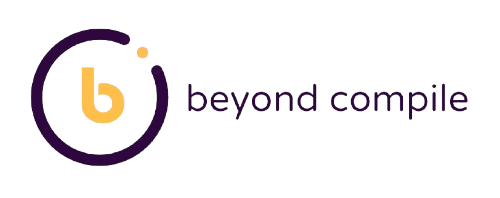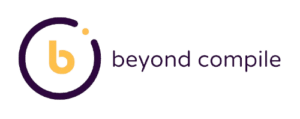

When it comes to designing digital products, two terms often come up: UI (User Interface) and UX (User Experience). While they are closely related, they serve distinct purposes in the design process. Understanding the difference between UX and UI design is crucial for creating effective digital products. UI design focuses on the visual elements of a product—what users interact with directly, such as buttons, icons, and typography. On the other hand, UX design is about the overall experience a user has while interacting with a product, ensuring it is seamless, intuitive, and enjoyable.
Understanding the difference between UI and UX is crucial for designers, developers, and businesses alike. A well-designed UI can attract users, but without a strong UX, they may not stay. Conversely, a great UX can be undermined by a poorly designed UI. So, should you worry about the exact difference? While the lines between the two can blur, knowing their unique roles helps create better products and fosters collaboration between teams.
Understanding UI Design
What is UI Design?
UI design, or User Interface design, is the process of creating the visual and interactive elements of a product. It encompasses everything a user interacts with—screens, pages, buttons, icons, and even animations. The goal of UI design is to make the interface aesthetically pleasing, consistent, and easy to navigate. For example, when you use an app like Instagram, the layout, color scheme, and button placements are all part of its UI design.
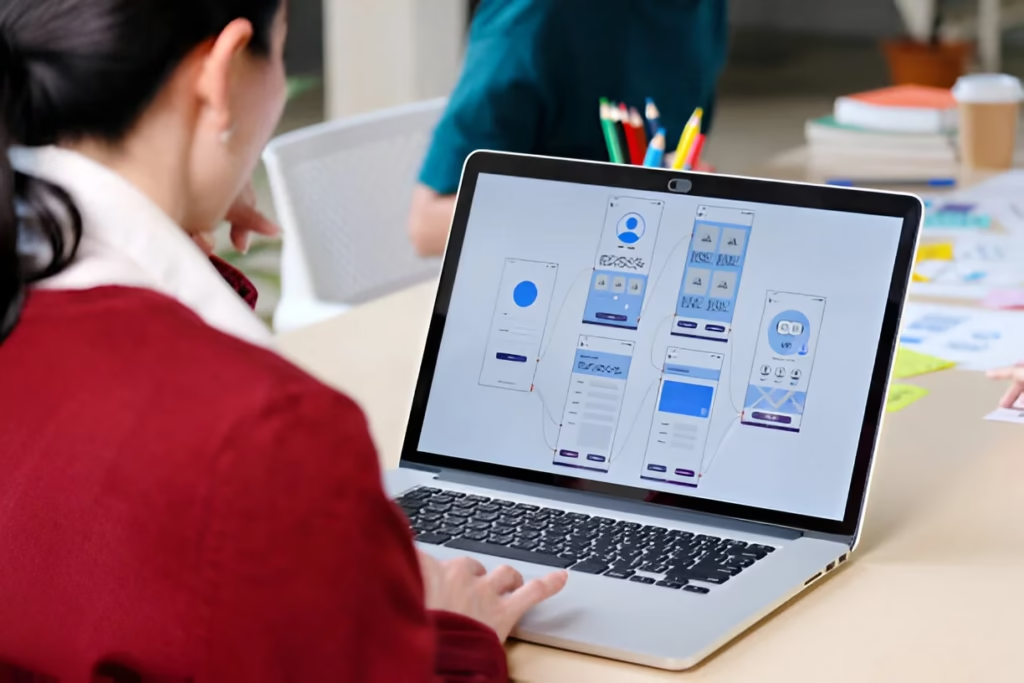
What Does a UI Designer Do?
A UI designer is responsible for crafting the look and feel of a product. Their tasks include:
- Creating layouts and selecting color palettes.
- Designing icons, buttons, and other interactive elements.
- Ensuring visual consistency across all screens.
- Collaborating with UX designers and developers to ensure the final product is both beautiful and functional.
Tools Used by UI Designers:
- Figma: A cloud-based design tool known for its real-time collaboration features.
- Sketch: A popular tool for macOS users, ideal for vector-based design.
- Adobe XD: A versatile tool for designing and prototyping, integrated with other Adobe products.
Understanding UX Design
What is UX Design?
UX design, or User Experience design, focuses on the overall experience a user has with a product. It’s about understanding user needs, behaviors, and pain points to create solutions that are intuitive and enjoyable. UX design involves research, prototyping, and testing to ensure the product meets user expectations. For instance, the ease with which you can book a ride on Uber or find a product on Amazon is a result of thoughtful UX design.
What Does a UX Designer Do?
A UX designer’s role is multifaceted. Their responsibilities include:
- Conducting user research to understand the target audience.
- Creating wireframes and prototypes to visualize the product.
- Performing usability testing to identify and fix issues.
- Collaborating with UI designers and developers to bring the product to life.
Tools Used by UX Designers:
- Miro: A collaborative tool for brainstorming and creating user flows.
- Figma: Used for prototyping and designing user interfaces.
- Maze: A usability testing tool that integrates with Figma and other design tools.
Importance of UI/UX Design
Why is UI/UX Important?
UI/UX design plays a critical role in the success of any digital product. A well-designed interface can attract users, while a seamless experience can keep them engaged. For businesses, investing in UI/UX design can lead to higher user satisfaction, increased retention, and ultimately, better revenue. Take Airbnb, for example. Its intuitive interface and user-friendly booking process have made it a global leader in the hospitality industry.
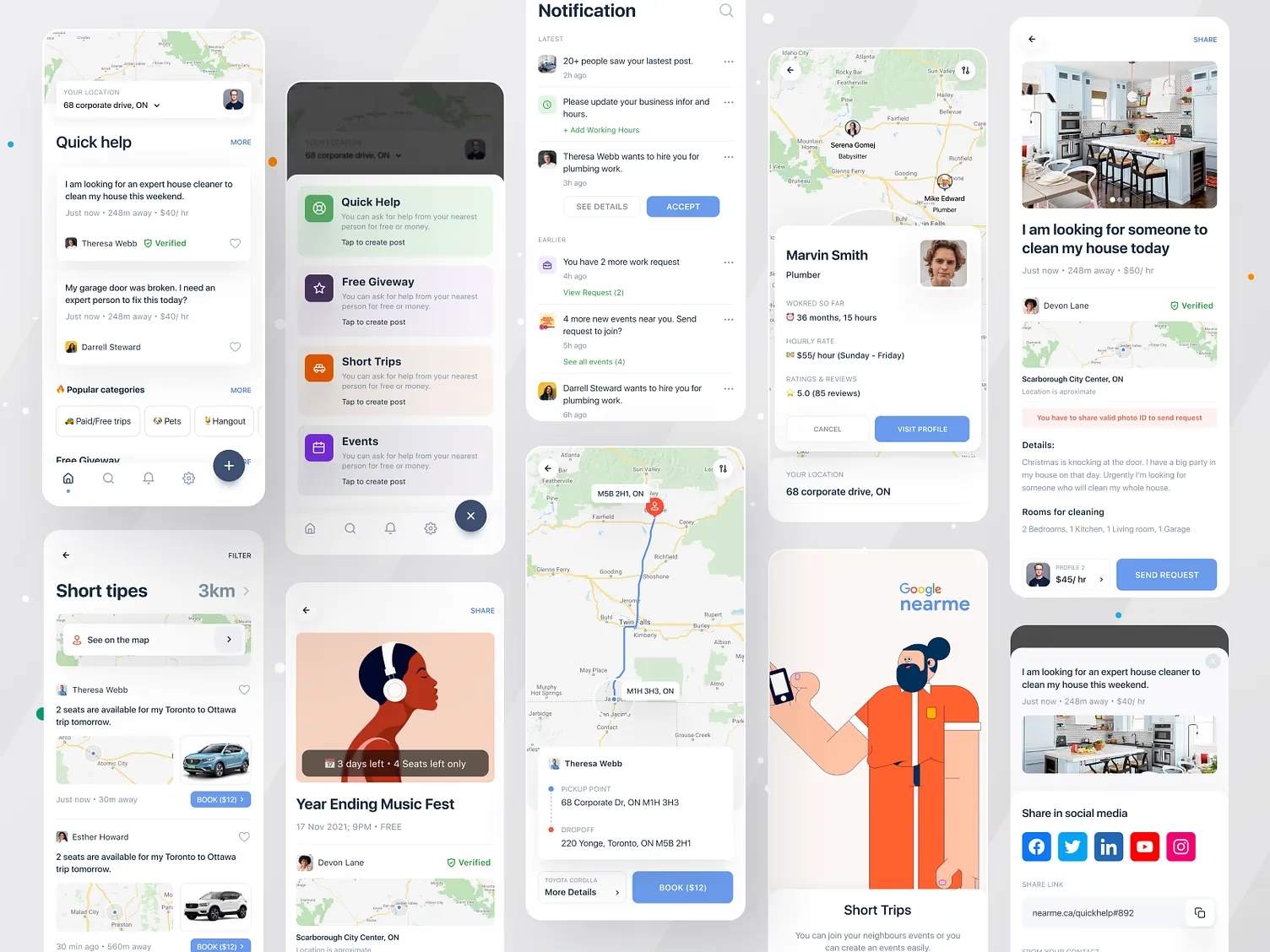
Fuel Your Designs with Powerful Customer Insights
One of the key aspects of UX design is understanding the user. By gathering insights through surveys, interviews, and usability testing, designers can create solutions that truly resonate with their audience. Tools like UserTesting and Optimal Workshop help designers collect and analyze feedback, ensuring the final product aligns with user needs.
Collaboration Between UX and UI Design
How Do UX Design and UI Design Work Together?
UX and UI design are two sides of the same coin. UX designers lay the foundation by understanding user needs and creating wireframes, while UI designers bring those wireframes to life with visually appealing designs. For example, when designing a mobile app, a UX designer might create a user flow for signing up, and a UI designer would design the actual sign-up screen with buttons, colors, and typography.
Which Should I Specialize In: UX or UI?
Choosing between UX and UI depends on your interests and career goals. Here’s a breakdown:
- UX Design: Ideal for those who enjoy problem-solving, research, and understanding user behavior.
- UI Design: Perfect for those passionate about visuals, aesthetics, and creating beautiful interfaces.
- Hybrid Roles: Consider roles like Design Engineer or Creative Technologist, which combine elements of design and development.
Role of Research in UX/UI Design
What’s the Role of Research in the UX/UI Design Process?
Research is the backbone of UX design. It helps designers understand user needs, preferences, and pain points. Methods like surveys, interviews, and usability testing provide valuable insights that guide the design process. For example, a UX designer might discover through research that users struggle with a particular feature, prompting a redesign to improve usability.
Get Design Insights from Your Customers
Tools like Maze and UserTesting allow designers to gather real-time feedback from users. By testing prototypes with actual users, designers can identify issues early and make data-driven decisions. This iterative process ensures the final product is both user-friendly and effective.
Tools and Skills for UI/UX Design
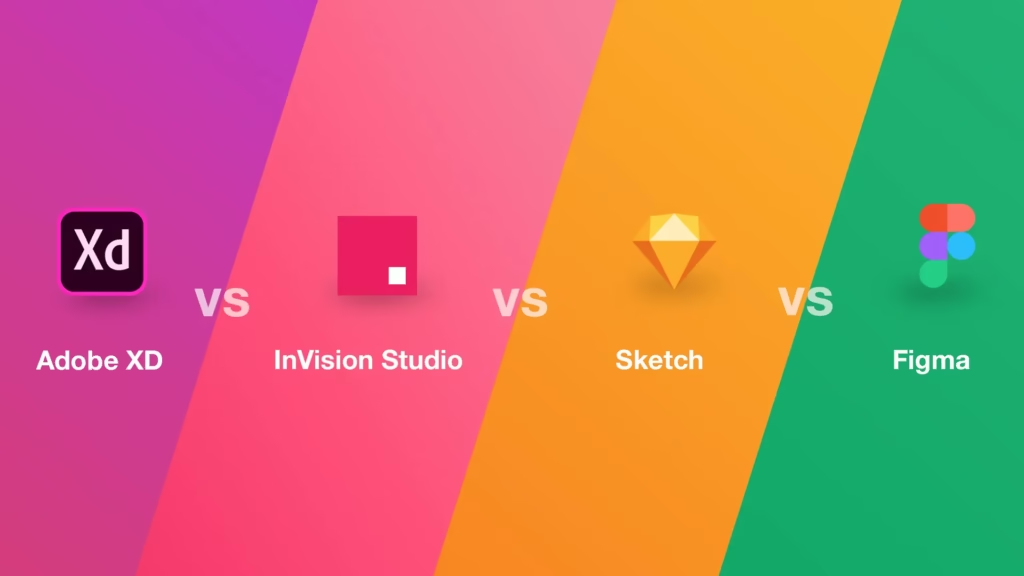
Which Tool is Best for UI/UX Design?
The choice of tools depends on the task and personal preference. Here’s a breakdown of popular tools:
- Design and Prototyping Tools:
- Wireframing Tools:
- User Research and Testing Tools:
- Maze: Excellent for usability testing and feedback collection.
- Optimal Workshop: Specializes in information architecture testing.
Is UI/UX a Coding Job?
While coding is not a core requirement for UI/UX design, having basic knowledge of HTML, CSS, and JavaScript can be beneficial. It helps designers communicate better with developers and create more realistic prototypes. However, many designers focus solely on design and rely on developers for implementation.
How Can I Learn More About UX and UI?
Here are some resources to get started:
- Books:
- Don’t Make Me Think by Steve Krug.
- The Design of Everyday Things by Don Norman.
- Online Courses:
- Coursera: Offers courses from top universities.
- Interaction Design Foundation: Affordable and comprehensive UX courses.
- Communities:
- Join forums like Reddit’s UX Design Community or Designer Hangout.
